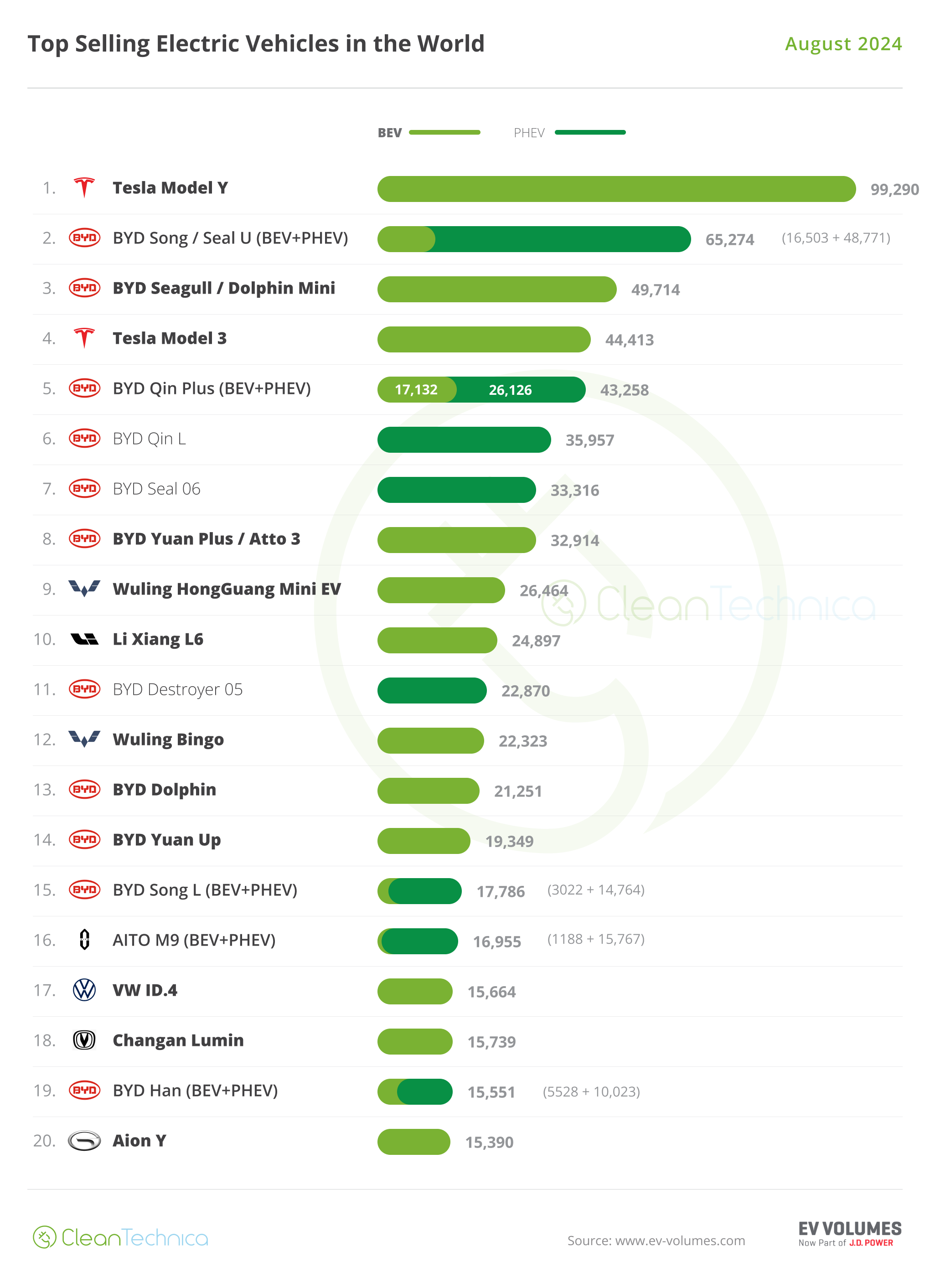Sign up for daily news updates from CleanTechnica on email. Or follow us on Google News!
According to news reports like this one, southern Louisiana is having some serious problems with water that are only going to get worse in the coming weeks. Let’s first take a look at the chain of events that caused this.
Today’s problem is that salty water from the ocean is finding its way upstream from where the Mississippi River meets the ocean. Salt water sinks under fresh water due to the different densities, and it’s creeping up the river under the fresh water coming out of the United States’ largest drainage basin. As this salty water creeps up along the bottom of the river and goes upstream, it’s already passing intake pipes that people rely on for their drinking water, showers, and more.
Not only is the water unsafe to drink, but it’s not as suitable for showering and other hygiene tasks, so authorities are doing everything they can to get people other water. Millions of gallons are being barged in from elsewhere along the Mississippi, and bottled water is being sent to affected areas. By the end of October, they’re expecting to see the problem spread into New Orleans, and it could go further.
The Army Corp of Engineers is trying to delay the spread of the saltwater. Because it creeps in under the freshwater, it’s possible to build a little dam that only goes up part-way through the river. This allows the freshwater along the surface to pass harmlessly, but keeps the saltwater from creeping in along the bottom. But, they already tried this and the saltwater found its way past. They’re working on making the dam a little taller, but that’s only going to buy a couple of weeks at most.
If you’re familiar at all with not only the Mississippi River but basic logic, you’re probably wondering why this is happening at all. I mean, who would be dumb enough to put water intakes for drinking and sanitary water in where they’d suck in saltwater?
The answer is that this hasn’t happened before. The Mighty Mississippi River has a well-earned reputation of historically being a very, very powerful river. Everything from the Rocky Mountains all the way to the Appalachians drains into it, with the exception of that which goes into the Rio Grande and a few rivers in Texas. With all of that water all going into one river (well, sort of, if you count the Atchafalaya and its messy relationship with the Mississippi), it has enough “oomph” to push the saltwater away and not let it go upriver.
But, 2023 has been hell, and almost literally. It’s been the hottest year on record. In many places, there’s a major drought. The vast land area that gives the Mississippi River its water just doesn’t have the water to spare. So, the river is at the weakest they’ve ever seen it, and they figure it hasn’t been this bad since the 1500s, but this drought has been going for longer than that one. Over the last 20 years, the Corp of Engineers has had to build the little dam to block the saltwater earlier and earlier each year, and now they’re having to build it higher. But, even the biggest salt dam is going to fail this time.
It doesn’t take a lot of imagination to see how climate change is involved here. The problem has been getting worse and worse, and now its getting bad enough that it’s likely to become a federally declared disaster. The links between rising average temperatures and drought are well documented and understood, so it’s foolish to try to deny it at this point.
What Other Problems Are Brewing?
What we’re seeing in Louisiana is just another example of what happens when you throw a wrench in a complex machine.
It’s easy to think of human needs as simple. We need water, food, shelter, and other things, and we like to think of those things as being disconnected from each other. But, our needs all affect the others. Power plants need water to generate electricity. Water systems need electricity to pump the water. Gas-powered cars need only gas to run, but to get that gas out of the underwater storage tanks at the gas station requires electricity. So does refining.
Nature is even more complex. Change one variable (like average temperature), and all sorts of things can get thrown out of whack. The movement of moisture in the air, the rain, the evaporation in waterways, lakes, reservoirs, and canals, and everything else gets messed up. Species of everything from megafauna to the smallest microbes are temperature sensitive like humans are, if not more so. Given that all of these living things don’t have access to air conditioning, shelter, and other help, even minor rises in temperature can really ruin their days. Some really bad things, like killer fungus, do better in the heat.
Even if we’re deluded enough to think none of what happens in nature affects us much, even our own artificial systems suffer under the load of extra heat. Air conditioning, for example, needs a lot more energy in the summer than it used to, and shortsighted people on all sides of the political map haven’t been keeping up with extreme weather and population growth. It’s not a left vs. right issue — both California and Texas are getting screwed by this these days.
Given all of the variables of nature, technology, human needs, and everything else, the sad truth is that we really don’t know what all of the consequences are of temperature rise. We know what many of them are, but what complex interplay between variables is going to mess us up next? There are so many ways that some butterfly can flap or some domino can fall and create all sorts of unanticipated consequences for humanity.
The smartest thing we can possibly do is try to limit the future chaos. Even if we put everything we have into solving the problem, we’re already going to see unanticipated problems pop up. The longer it takes to turn things around, the more and worse these problems are going to be.
Featured image: Col. Cullen Jones, U.S. Army Corps of Engineers, New Orleans District commander, briefs media Sept. 15, 2023, on current steps the Corps plans to take to augment the existing underwater sill constructed by USACE in the Mississippi River to help slow progression of the saltwater wedge moving upriver from the Gulf of Mexico. U.S. Army photo by Ryan Labadens (Public Domain). The appearance of U.S. Department of Defense (DoD) visual information does not imply or constitute DoD endorsement.
Have a tip for CleanTechnica? Want to advertise? Want to suggest a guest for our CleanTech Talk podcast? Contact us here.
EV Obsession Daily!
I don’t like paywalls. You don’t like paywalls. Who likes paywalls? Here at CleanTechnica, we implemented a limited paywall for a while, but it always felt wrong — and it was always tough to decide what we should put behind there. In theory, your most exclusive and best content goes behind a paywall. But then fewer people read it!! So, we’ve decided to completely nix paywalls here at CleanTechnica. But…
Thank you!
Tesla Sales in 2023, 2024, and 2030
CleanTechnica uses affiliate links. See our policy here.




